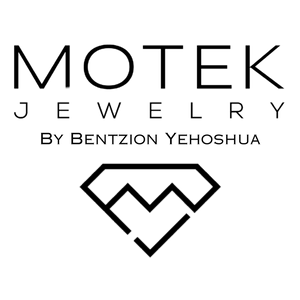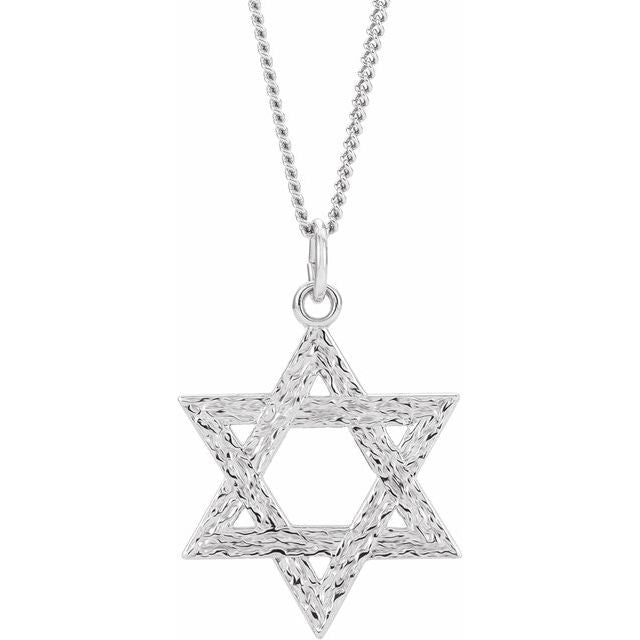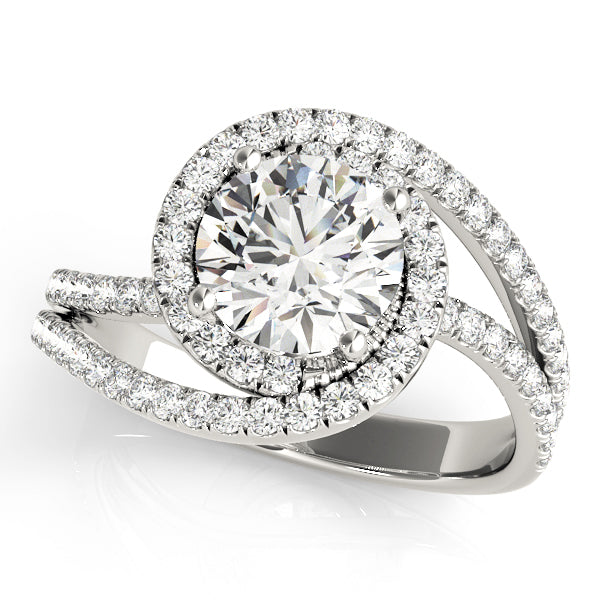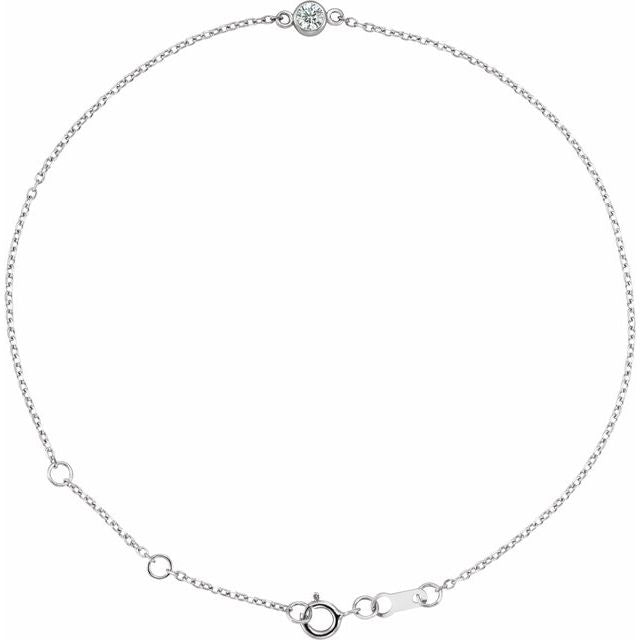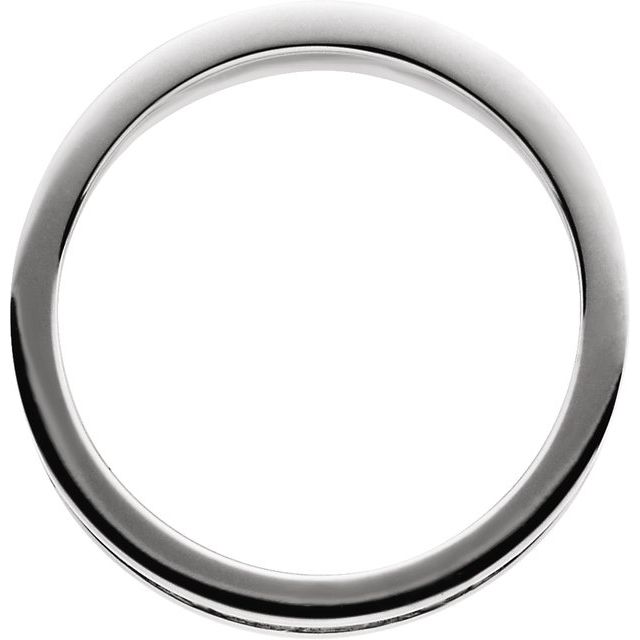The Ultimate Guide to Caring for Your Jewelry Collection

Introduction
Jewelry represents more than just accessories—they're investments, heirlooms, and expressions of personal style. According to a recent industry report, the global jewelry market reached a value of $228 billion in 2020 and is expected to grow to $307 billion by 2026. With the average American owning approximately 30 pieces of jewelry, proper care and maintenance are essential to preserve both sentimental and monetary value. Whether you're safeguarding family heirlooms or protecting recent purchases, this comprehensive guide will help you maintain your jewelry's brilliance for generations to come.
Understanding Different Jewelry Materials
Gold Jewelry
Gold remains one of the most popular precious metals, with 2,500-3,000 tons used annually for jewelry production worldwide. However, pure gold (24K) is too soft for everyday wear, which is why jewelers alloy it with other metals to increase durability:
-
Yellow gold: Traditional gold alloyed with silver and copper
-
White gold: Gold alloyed with white metals like nickel, silver, or palladium, often rhodium-plated
-
Rose gold: Gold alloyed with copper for a pinkish hue
Care tips: Clean gold jewelry with mild soap and warm water using a soft-bristled brush. For white gold, be aware that rhodium plating may need renewal every few years as it wears off with regular use.
Silver Jewelry
Sterling silver (92.5% silver, 7.5% other metals) is prone to tarnishing when exposed to air and sulfur compounds. Studies show that silver tarnishes 15-20% faster in humid environments.
Care tips: Polish with a silver-specific cloth regularly, and store in anti-tarnish bags or containers. For heavy tarnish, use dedicated silver cleaning solutions rather than DIY methods that might damage the finish.
Platinum Jewelry
Platinum jewelry typically contains 95% platinum and 5% other metals. Despite being 30% rarer than gold, platinum develops a natural patina over time that many collectors prize.
Care tips: Clean with mild soap and warm water. While durable, platinum can scratch (though metal is displaced rather than lost), so professional re-polishing may be desired occasionally.
Gemstones
The Mohs hardness scale (1-10) is crucial for understanding gemstone durability:
-
Diamonds (10): Extremely hard but can chip if struck at certain angles
-
Sapphires and rubies (9): Highly durable for everyday wear
-
Emeralds (7.5-8): Often treated with oils and resins, requiring gentler care
-
Pearls (2.5-4.5): Very soft, easily damaged by chemicals and scratches
Care tips: Clean according to specific gemstone requirements—ultrasonic cleaners are safe for diamonds but can damage emeralds and pearls. Store gemstones separately to prevent scratching.

Essential Jewelry Care Routine
Daily Maintenance
A survey by the Jewelry Information Center found that 65% of jewelry owners never clean their pieces, despite experts recommending regular maintenance. Implementing these simple habits can significantly extend your jewelry's lifespan:
-
Remove before activities: Take off jewelry before showering, swimming, exercising, cleaning, or applying cosmetics/perfumes. Chlorine can weaken gold settings, while lotions can dull gemstones.
-
End-of-day wipedown: Use a soft, lint-free cloth to remove oils, perspiration, and residues after wearing.
-
Proper storage: Store pieces individually in fabric-lined compartments or pouches to prevent tangling and scratching. Statistics show that improper storage accounts for approximately 25% of all jewelry damage.
Weekly Inspection
Dedicate 15 minutes weekly to check for:
-
Loose stones or settings
-
Bent prongs
-
Worn clasps or closures
-
Signs of metal fatigue
Early detection of these issues can prevent loss and reduce repair costs.
Monthly Deep Cleaning
For most jewelry, create a cleaning solution with:
-
Mild dish soap (few drops)
-
Warm (not hot) water
-
Soft-bristled toothbrush for gentle scrubbing
Specialized cleaning tips by jewelry type:
Gold and Platinum
-
Soak for 15-20 minutes in the soap solution
-
Gently brush crevices and settings
-
Rinse thoroughly in warm water
-
Pat dry with a soft cloth
Silver
-
Use a silver polishing cloth for regular maintenance
-
For heavier tarnish, use commercial silver cleaners following package instructions
-
Rinse thoroughly and dry completely
Costume Jewelry
-
Wipe with a barely damp cloth—never soak
-
Dry immediately and thoroughly
-
Apply clear nail polish to areas that contact skin if you notice discoloration
Bi-Annual Professional Cleaning
Professional jewelers offer specialized cleaning services using:
-
Ultrasonic cleaners
-
Steam cleaners
-
Professional polishing techniques
According to jewelry insurance statistics, pieces that receive professional maintenance twice yearly have a 70% lower risk of significant damage or stone loss. Many jewelers offer free cleaning for pieces purchased from them.
Specialized Care By Jewelry Type
Necklaces and Chains
Chains account for approximately 22% of all jewelry repairs, primarily due to knots and breakage.
Prevention tips:
-
Store flat or hung individually
-
Close all clasps before storage
-
Use a dedicated chain cleaner tool or soft toothbrush to remove debris from links
Rings
As the most frequently worn jewelry items, rings require particular attention:
-
Have settings checked twice yearly—research indicates that 37% of diamond loss occurs from worn prongs
-
Remove when washing hands, applying lotions, or doing manual work
-
For engagement rings and wedding bands, consider "ring dishes" placed strategically where you regularly remove them
Earrings
To maintain earrings:
-
Clean posts and backs regularly to prevent infection
-
Check and tighten backings before wearing
-
Store studs in specialized earring holders or insert through button cards to keep pairs together
Bracelets and Watches
For bracelets and watches:
-
Clean clasp mechanisms regularly as they collect skin cells and debris
-
Have watch batteries replaced by professionals to avoid water seal damage
-
Consider servicing mechanical watches every 3-5 years
Storing Your Jewelry Collection
Organization Systems
The average jewelry box contains only 40% of a person's collection, with the remainder stored improperly or forgotten. Effective storage systems include:
-
Jewelry boxes with compartments: Look for fabric-lined divisions and anti-tarnish properties
-
Wall-mounted storage: Saves space while displaying frequently worn pieces
-
Travel cases: Essential for protecting jewelry during transit
Environmental Factors
Control these critical environmental factors:
-
Humidity: Maintain 35-45% relative humidity to prevent metal corrosion
-
Temperature: Avoid temperature fluctuations that can damage gemstones
-
Light exposure: Limit direct sunlight, which can fade certain gemstones like amethyst and topaz
Security Considerations
With jewelry theft accounting for over $1.2 billion in annual losses:
-
Consider a home safe for valuable pieces
-
Document your collection with photos and appraisals
-
Check homeowner's insurance policies—many require riders for jewelry over certain values
Traveling with Jewelry
Packing Basics
When traveling with jewelry:
-
Bring only essential pieces
-
Use a dedicated travel case with individual compartments
-
Thread necklaces through drinking straws to prevent tangling
-
Keep jewelry in carry-on luggage rather than checked bags
Hotel Safety
Once at your destination:
-
Utilize the hotel safe
-
Never leave jewelry visible in your room
-
Consider portable travel locks for your jewelry case
Insurance and Documentation
Before traveling internationally:
-
Verify insurance coverage extends to your destination
-
Bring appraisal copies for high-value items
-
Consider temporary insurance riders for vacation destinations
Dealing with Common Jewelry Problems
Tarnished Silver
Approximately 85% of silver owners report tarnish as their primary concern. For light tarnish:
-
Line a bowl with aluminum foil
-
Add 1 tablespoon of baking soda and 1 tablespoon of salt
-
Pour in hot water until the bowl is half full
-
Place silver jewelry on the foil, ensuring it contacts the foil
-
Allow to sit for 2-5 minutes
-
Rinse thoroughly and dry
Knotted Chains
For knotted chains:
-
Place a few drops of baby oil on the knot
-
Use two fine-pointed tweezers to gently work the knot loose
-
Clean with mild soap solution afterward to remove oil residue
Loose Stones
If you notice a loose stone:
-
Stop wearing the piece immediately
-
Store it separately in a padded container
-
Take it to a professional jeweler promptly—attempting DIY fixes often causes stone loss
Green Skin Discoloration
The green discoloration sometimes occurring under rings or bracelets is a reaction between metals (usually copper) and skin acids. While not harmful, you can prevent it by:
-
Applying clear nail polish to the interior of the jewelry
-
Ensuring skin is dry before putting on jewelry
-
Switching to higher karat gold or hypoallergenic metals
Sustainable Jewelry Care
Eco-Friendly Cleaning Solutions
Conventional jewelry cleaners often contain harsh chemicals. Consider these environmentally friendly alternatives:
-
For gold and diamonds: A solution of mild dish soap and warm water is equally effective as commercial cleaners according to a study by the Gemological Institute of America
-
For silver: Baking soda paste with water on a soft cloth
-
For pearls: Wipe with a cloth dampened with water only
Responsible Disposal and Recycling
Rather than discarding unwanted jewelry:
-
Consider precious metal recycling programs
-
Donate to organizations that repurpose jewelry
-
Repurpose stones into new settings
Insurance and Documentation
Appraisals
Jewelry appraisals should be updated every 2-3 years as precious metal and gemstone values fluctuate. A proper appraisal includes:
-
Detailed descriptions of metals and gemstones
-
Measurements and weights
-
Quality assessments
-
Clear photographs
-
Current replacement value
Home Insurance Coverage
Standard homeowner's policies typically limit jewelry coverage to $1,000-$2,000 total. Consider:
-
Scheduled personal property endorsements for valuable pieces
-
Specialized jewelry insurance policies
-
Documentation requirements for claims
Digital Inventory Management
Create a digital inventory with:
-
Photos from multiple angles
-
Scanned receipts and certificates
-
Appraisal documents
-
Serial numbers when available
Several specialized apps exist specifically for jewelry inventory management.
When to Seek Professional Help
Recognizing Serious Issues
Seek professional attention for:
-
Cracked or chipped gemstones
-
Bent or broken prongs
-
Stretched or thinning metal
-
Clasp failures
Choosing a Reputable Jeweler
When selecting a jewelry professional:
-
Check credentials (GIA certification, membership in professional organizations)
-
Read reviews specifically mentioning repair services
-
Ask about their repair process and guarantees
-
Request before-and-after photos of similar repairs
Understanding Repair Costs
Common repair price ranges:
-
Ring sizing: $45-$150
-
Prong retipping: $25-$50 per prong
-
Chain soldering: $25-$80
-
Clasp replacement: $20-$100
According to industry data, preventative maintenance costs approximately 75% less than emergency repairs for the same issues.
Conclusion
Investing time in proper jewelry care yields significant returns—both in preserving monetary value and extending the emotional enjoyment of your collection. With the global jewelry market continuing to grow at approximately 5-7% annually, protecting these investments becomes increasingly important.
By implementing the systematic approach outlined in this guide, you can ensure your jewelry remains beautiful and wearable for generations to come. Remember, the most valuable pieces in most collections are often those with personal significance beyond their material worth—all the more reason to provide the care they deserve.
References
